8 Functional Anatomy Principles
$397.00
Learn the 8 Functional Anatomy Principles that will empower you to prevent injuries and address restrictions — whether you’re working one-on-one with a client or with a group.
Functional Anatomy Principles
Principles provide a framework or a guidepost to applying functional anatomy. When I collated my understanding of functional anatomy, it became clear that there were eight fundamental truths of anatomy that, if followed, led me to clarity every time.
Anatomy is an endless topic, and if you have chosen the body as your muse, you gotta keep studying!
Functional means how the body is designed to move; when the movement goes awry, movement leads to pain. As a manual practitioner, your client comes to you with pain because of how they moved or didn't move, and as a movement practitioner, you might be complicit in how they moved or didn't move, which led to pain.
Applied because knowing and implementing are both mandatory to increase your skill; we don't just talk about anatomy; we practice, we workshop it out together, and we build confidence as we go.
Only logged in customers who have purchased this product may leave a review.
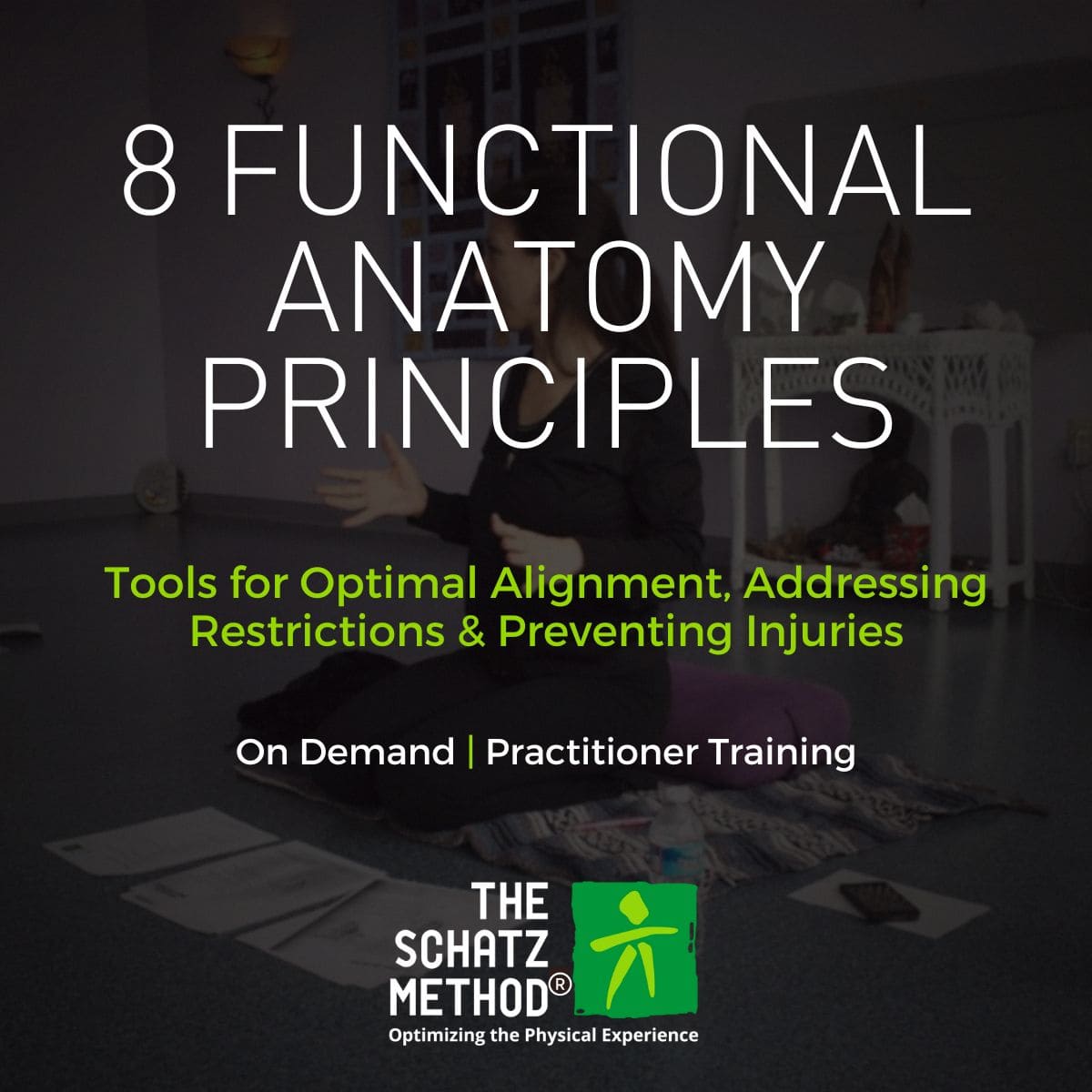

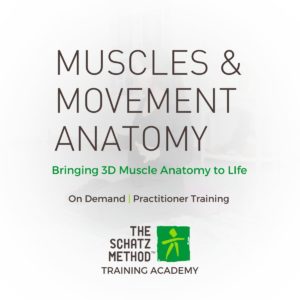
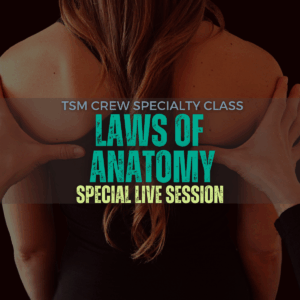
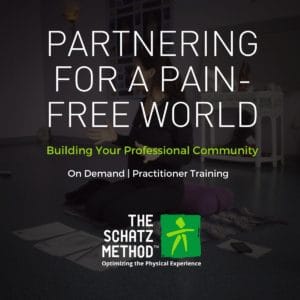
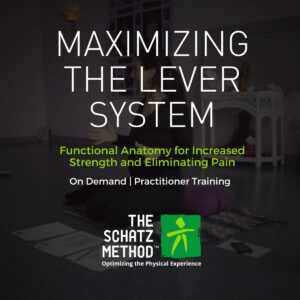
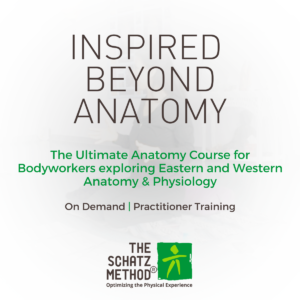
Reviews
There are no reviews yet.